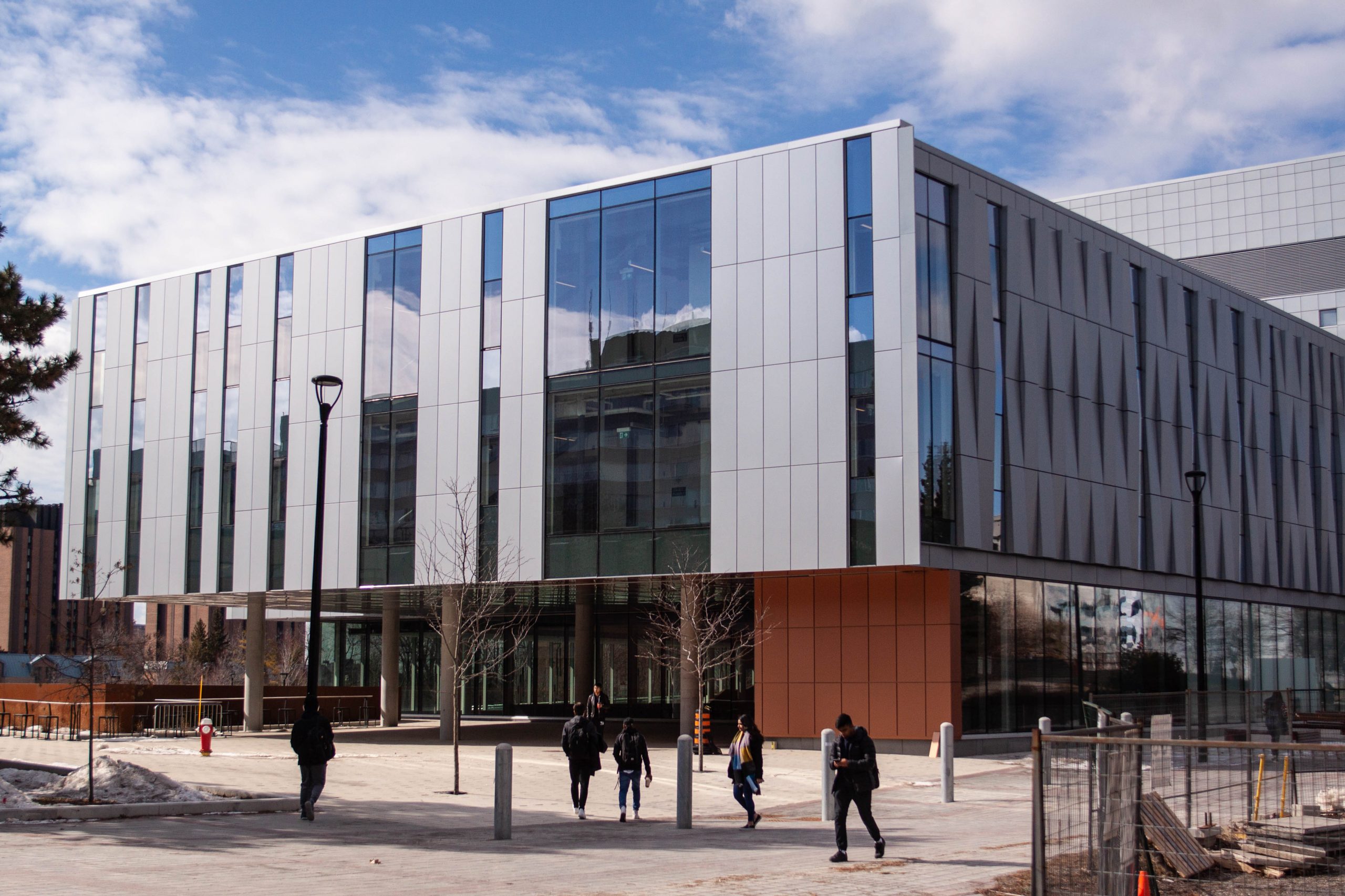Devon Banfield | Contributor
Featured Image: Even PhD educated women make $16,000 less than their male counterparts. | Courtesy of Jordan Chu, Photo/Video Editor
A recent study called “How Much Do They Make?” by the Labour Market Information Council (LMIC) and the Education Policy Research Initiative (EPRI) shows that despite having equal levels of education and experience at the same job, Canadian men are making staggeringly higher salaries than their female counterparts.
Using data sets from Statistics Canada and Employment and Social Development Canada, who follow all graduates from publicly-funded colleges in Canada, the study was able to determine that men on average earn 12 per cent more than women one year after graduating, which jumps to 25 per cent five years post-graduation.
The study analyzed the incomes of 2010 graduates between 2010 and 2015. It looked at six levels of post-secondary education, from college certificates to PhDs. Numbers show that five years after graduating with a PhD, men are making an average salary of $101,700, while their female counterparts are making approximately $85,500. However, it’s not only Canadians with a doctorate level of education being affected by the pay-gap.
Women with a Bachelor’s degree level of education are making $10,000 less than men with the same qualifications five years after graduating, and Nipissing University junior Madi Roblot says that the findings don’t surprise her.
“Growing up in this generation, we just know that’s a reality,” says Roblot.
“This doesn’t surprise me at all. Institutional sexism is still commonplace,” says Seneca@York journalism student James Mackin.
Andrea Gunraj, the vice president of public engagement at the Canadian Women’s Foundation, explained this as the “pink ghetto” phenomenon to CBC News. She explained that this happens when women’s numbers increase in a certain field, then it begins to be seen as “women’s work,” and the pay begins to decrease.
“You see this in the caring sectors, in the food-service sectors, in the retail sectors where women tend to be concentrated,” stated Gunraj.
I was very lucky to benefit from the hard work of feminists before me, who fought for fairer wages, and an end to the notion that women were too ‘vulnerable’ or ‘fragile’ to cover wars or big news stories,” says Paula Todd, the first full-time female editor at Excalibur in the 1980s.
Todd, who now teaches broadcast journalism at Seneca@York, went on to earn a law degree from Osgoode Hall, become a lawyer, and work in mainstream media, including the Toronto Star, TVO and CTV. She is currently pursuing a PhD in communication and culture.
“Beyond just being paid less, we have to remember that it was not that long ago that women could not vote, and were caged in covering anything but changing fashion and tea parties,” Todd says.
When told that recent studies show women face wage inequality despite having the same level of education and similar experience as men with the same qualifications, Todd wasn’t shocked.
“I wish I was surprised. I know some of my sister PhDs are really struggling for wage equality, but I have been told that there is still an unjustifiable prizing of male intellect in academia, even when women are demonstrably more accomplished.”
Though the battle for pay equality in Canada is still raging, results from “How Much Do They Make?” shows that Canadians with a higher level of education are still making higher salaries on average. Canadians without post-secondary education were receiving a 5.6 per cent wage increase with inflation annually, while Canadians with some level of post-secondary education were receiving an 8.4 per cent salary increase.
The results of this study don’t include data about ticketed tradespeople from the apprenticeship system, but forthcoming research will include this data.
UPDATE: This article was edited to include attribution to CBC News’ interview with Andrea Gunraj.


